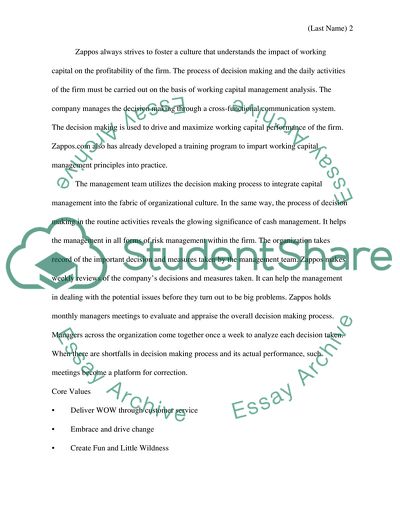Cite this document
(“The Possible Product and Service of Zappos com Case Study”, n.d.)
The Possible Product and Service of Zappos com Case Study. Retrieved from https://studentshare.org/marketing/1582738-zappos-case-study
The Possible Product and Service of Zappos com Case Study. Retrieved from https://studentshare.org/marketing/1582738-zappos-case-study
(The Possible Product and Service of Zappos Com Case Study)
The Possible Product and Service of Zappos Com Case Study. https://studentshare.org/marketing/1582738-zappos-case-study.
The Possible Product and Service of Zappos Com Case Study. https://studentshare.org/marketing/1582738-zappos-case-study.
“The Possible Product and Service of Zappos Com Case Study”, n.d. https://studentshare.org/marketing/1582738-zappos-case-study.


